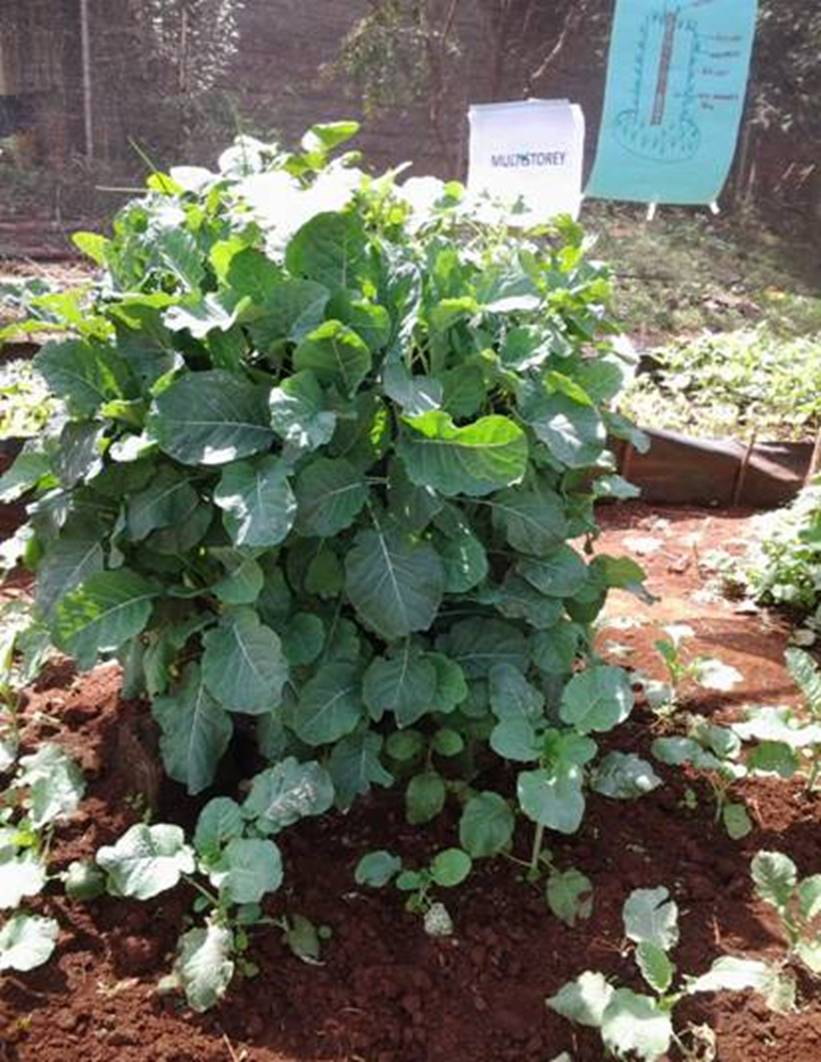My hometown Kakamega, is endowed with predictable rains and ever-flowing rivers supplying water all year round. Many people have therefore taken this availability of water for granted and are shocked when they hear of other people suffering for lack of it in other places. One such place is Machakos in Eastern Kenya.
Machakos is one of the areas susceptible to frequent and prolonged droughts. Lack of irrigation facilities, inadequate policies and abject poverty have all subjected residents of some areas in the region to a complete dependency on food assistance. This problem has been further exacerbated by climate variability and climate change, causing more or less precipitation in different regions and more extreme weather events. Cognizant of this challenge, the Biovision Farmer Communication Programme (FCP) has been training farmers on sustainable and effective use of water resources to make farming possible in the face of water scarcity. It promotes different technologies to make this happen. Through the field-based workers, FCP conducts farmer training and demonstrations on how to use certain technologies such as;
Mulching: Mulching uses plant remains such as leaves or grass to cover the soil between rows of cultivated crops. Mulching compliments irrigation by reducing the impact of water on the soil – reducing soil erosion and allowing longer retention of moisture. Mulch improves the condition of the soil since this mulch slowly decomposes, becoming part of the soil organic matter. Mrs. Mutisya, one of the farmers practicing mulching, says that since she started mulching, she now uses a mere quarter of the water she previously used on her kale plantation.

Mulching
Drip irrigation: Another technology being promoted in the region is a watering system that delivers a slow moving supply of water at a gradual rate directly to the soil at the base of crops (drip irrigation). Also referred to as micro-irrigation or trickle irrigation, it consists of a network of pipes, tubing valves, and emitters. Bottles are also filled with water, a small hole pierced at the top and then inverted and buried at the base of a plant to allow water to seep to its roots gradually. This is an economical use of water, as there is reduced evaporation and deep drainage compared to other types of irrigation such as flood or overhead sprinklers, since water can be more precisely applied to the plant roots. Farmers have also reduced disease prevalence due to this technology.
Water harvesting: Besides teaching our farmers how to sustainably use their water, we also train them on water harvesting technologies, to avoid water flowing to waste when it rains. We teach farmers the importance of capturing water runoff from the road for agricultural use. Fixing gutters on iron roofs is also important for water harvesting. The benefit of water harvesting is not only to secure and increase crop production in these regions, but also to stop soil erosion and recharge aquifers tapped for irrigation. It also improves soil fertility due to deposition of humus, silt, manure and other organic matter together with harvested water.
Agroforestry: Trees also play a vital role in agriculture. Practicing agroforestry using drought resistant trees species has helped to create more diverse, productive, profitable, healthy, and sustainable land-use systems. Besides providing shade to the crops, these trees are important sources of fruits, nuts and edible oils which counter global warming and the risk of hunger in the region. Trees in agroforestry practices catch, store and release water. Trees break the force of falling rain – preventing soil erosion and allowing percolation into the ground where it is stored as groundwater.

A multi story garden
Multi-storey gardens: One of our farmers discovered that it is easier to water and maintain plants in a sack. She fills a sack with soil and then uses it as her land. It is easier to water it and accommodates more crops. This technology not only saves on water but also on other resources like fertilizer.
This and other technologies that we promote have since spread to other farmers through our farmer to farmer sharing systems. Farming has been made possible in the wake of water scarcity, and many people are adopting agriculture in the rural areas of Machakos. Thanks to these water saving technologies, farmers have increased crop production and a steady supply of agricultural products all year round. This has in turn cushioned them against the pangs of hunger.
Thanks to a steady supply of water, they have also been able to produce in surplus for the market earning some income. Generally, enabling people to farm has improved the food security situation in the region as there are more farmers than before. Trees have been incorporated in the crop production lots changing the entire picture of a dry area with scorching sun to a better environment.
There are more areas affected by water scarcity and struggling with agriculture. There is need to spread the benefits by these water saving technologies to them. We need to learn from these FCP experiences and replicate them in such areas. Having a database of all these technologies in ready to access and understand formats would help in sharing their benefits.





